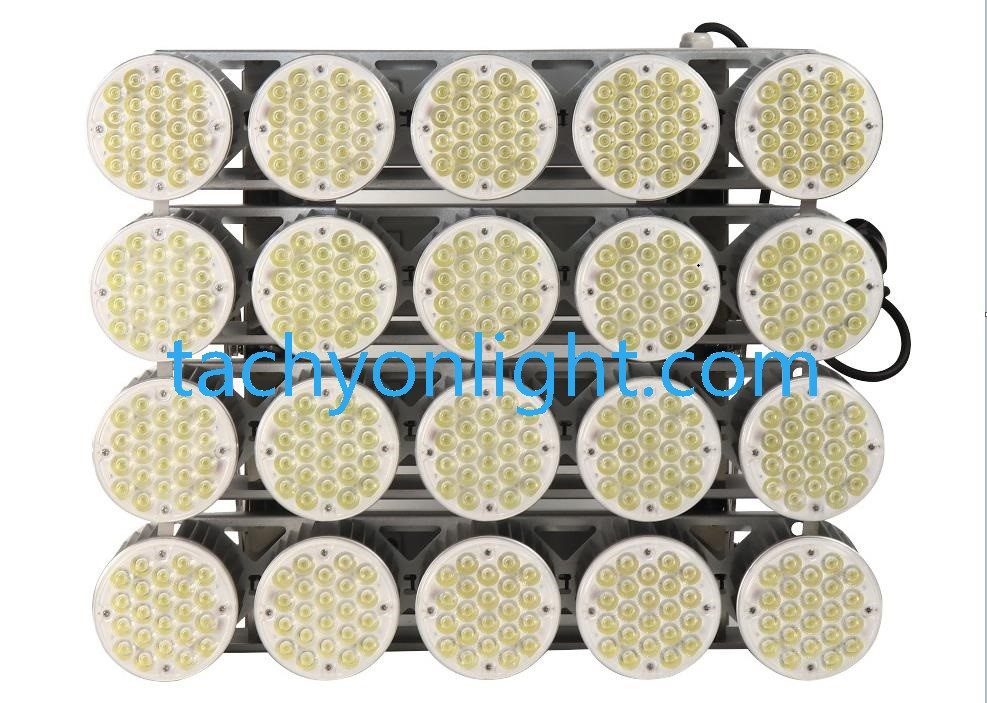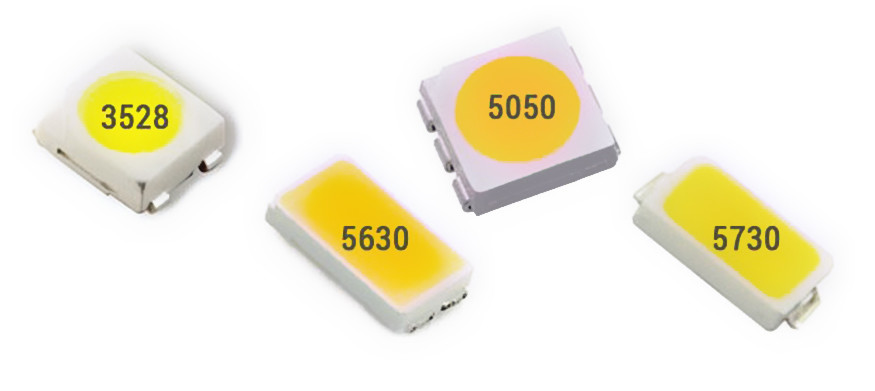The Effect of Heat Dissipation Performance on LED Lights
If the sewer of a city represents the conscience of the city, then for lamps, heat dissipation is a conscience that is easily overlooked. As a high-efficiency cold light source, the “high cold” property of LED makes its built-in chip very “heat-resistant”. Compared with the high-value appearance design, fine circuit arrangement and proper optical design, the heat dissipation performance of lamps and lanterns greatly influences people’s judgment of the “good or bad” lamps to some extent.
Now, major manufacturers have made the initial light effects of LED lamps almost the same, making it difficult to distinguish the advantages and disadvantages at a glance. Even professional designers and engineers are hard to distinguish when choosing lighting products. The so-called said, only when the tide receded did you know who was swimming naked. The “poor quality” lamps gradually leak out the “underpants” after experiencing the tide of “high heat introduction”, the lighting time gradually becomes longer, the luminous efficiency and quality are no longer the original, the decline is different, and the quality is superior and inferior. Set judgment.
So, who is affecting the attenuation speed of light effects and even the stability of lamps? Thermal performance.
The luminous efficiency and lifetime of LEDs are closely related to the operating temperature. Of course, the quality of the entire lamp is affected by factors such as LED chips, chip substrates, packaging, circuit design, and lamp housings.
The continuous evolution of heat dissipation technology allows these components to play a greater role. However, it does not seem easy to judge the performance of the radiator solely by sensing the stability and reliability of the lamps in the actual application process.
In this article, we chose a high-power industrial and mining lamp product solution based on flip-chip photothermal integrated heat dissipation technology to participate in the evaluation, in order to more scientifically show the performance of the entire lamp based on this heat dissipation technology, and provide users with a valuable reference.
According to the nominal maximum and minimum voltage loads, the laboratory compares the measured power and current changes of the lamps under the conditions of different rated power and different frequencies. The data shows that the measured power under different voltages and frequencies is slightly different from the rated power, but the power factor Both are very close to 1.0, reflecting its higher level of power supply system efficiency.
There is no doubt about the influence of temperature on LED performance. We have conducted lighting temperature tests on white light LEDs (LumiledsStar structure) under different temperature conditions, which proved the important influence of temperature on the life of LEDs. The working temperature of LED light source chips under different temperature conditions (Junction temperature) is one of the important performance indicators of LED lamps.
In the actual test, when lighting for about 1 hour and 40 minutes, the temperature of each component of the lamp reached a steady state value. From the solder joint of the light source to the substrate, to the back of the radiator cavity and the far end of the fin, the heat dissipation path of the LED can be clearly seen The heat dissipation efficiency everywhere. As an important calculation factor for the junction temperature of the lamp, the solder joint of the light source directly affects the junction temperature of the LED. Especially in the heat dissipation design of high-power LEDs, the junction temperature TJ is of great significance to the light extraction rate and life of the LED. Refer to this light source LM-80 reports that it is in good condition at 85°C, so the solder joint temperature of 80.5°C is completely acceptable.
In addition, specific analysis of the steady-state temperature value of each point can effectively judge and analyze the actual heat dissipation performance of each location.
The temperature difference between the heating surface of the radiator and the back of the radiator cavity is only 2.2 degrees, which reflects the good thermal conductivity and temperature uniformity of the radiator, indicating that the radiator has very good thermal and heat dissipation performance. The most important point is that by analyzing the overall structural design of the lamp, combined with the principle of light source flipping, it can be found that from the light source PN section to the far end of the radiator, there is no bottleneck in the entire heat flow channel, and compared with the traditional process, the light source substrate and heat conduction path are less It is much shorter, so the reflected temperature is closer to the actual temperature of the PN section.
Combined with the measured temperature, we will further analyze the structure of the lamp here. The heat sink of this structure replaces the traditional light source substrate, and there is no need to apply silicone filler to connect the heat sink to the light source, which greatly improves the stability and lifespan. The unique solid structure of the lens is also conducive to the heat dissipation of the light source, while avoiding the damage to the light source caused by the air impurities caused by the breathing effect of the traditional lens.
Of course, in addition to the temperature characteristic test, the basic performance of the lamp is equally important to the luminous quality and efficiency.
Heat and Cold Shock Test
The thermal shock project test assesses the adaptability of the product to the rapid changes in the ambient temperature, especially when high-power lamps are facing more complex application environments, many situations may occur: the plastic shell of LED lamps cannot withstand the environment, and the plastic shell is easy Embrittlement damage; LED lamp tube burns out under the condition of rapid temperature change; LED lamp circuit board chip is easy to short-circuit under thermal shock environment.
Surge Test
Surge protection is the “first line of defense” for LED luminaires to respond to grid load start-ups and lightning strikes. In particular, the ability of LEDs to resist surges, especially the ability to resist reverse voltage, has always been relatively weak, invading various surges from the grid system It may cause damage to the LED, so it is very important to suppress the intrusion of surges and strengthen the protection in this respect.
Waterproof and Dustproof Test
Tested in accordance with the IP65 standard, the sample lamps have no dust or water.
In order to better reflect the durability and stability of the lamps, we have carried out an aging test on the lamps. Of course, based on time and cost considerations, we use the current industry test more general simulation test method-168h lighting experiment, the light distribution curve, luminous flux and other values before and after the test are presented for readers’ reference.
We know that changes in the temperature and material of the lamp will affect the luminescence of the lamp, thereby affecting the uniformity and accuracy of the lamp’s light distribution. Therefore, the performance of the lamp’s heat dissipation and structural materials can be judged by the change of the luminous angle after continuous lighting. stability.
The test system adopts the EVERFINE GO-R5000V2 system, the ambient temperature is 24.5℃, the ambient humidity is 65.7%, and the test distance is 26.000 meters.
Comparison before and after space isoilluminance curve test
From a comparison point of view, the light distribution curves of the lamps before and after the test showed an axially symmetrical distribution, and the uniformity of the light distribution maintained strong stability before and after the test, and there was no major deviation. It can be considered that after the process of continuous lighting, the lamps basically continue the light-emitting space distribution characteristics at the beginning of the design.
In summary, although the luminous stability of the lamp is affected by many factors, in the actual application process, the heat dissipation performance of the lamp directly affects a series of common problems such as whether the material structure of the lamp is stable and whether the light decay is serious. Therefore, the heat dissipation performance The quality of the lamp directly affects the “good or bad” of the lamp. Judging from the above data, the luminaire still maintains a relatively good luminous quality after simulating the extreme environment test. It can be considered that the radiator has played an irreplaceable role in it.




